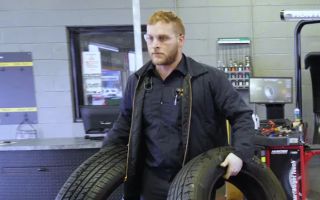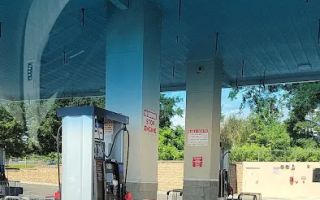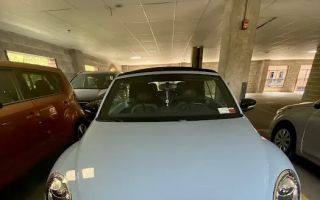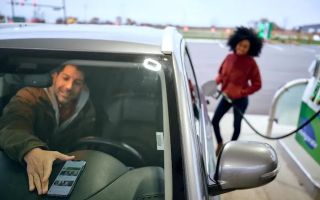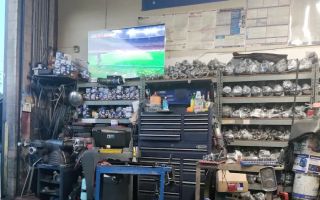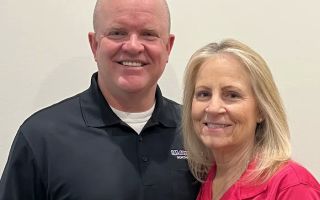Does Jumpstarting a Car Affect the Electrical System?
As a car owner, you may have found yourself in a situation where you needed to jumpstart your vehicle. Whether your battery is dead or you're in a tight spot, jumpstarting seems like a quick fix. However, a common concern among drivers is whether jumpstarting a car can harm its electrical system. In this article, we’ll explore this topic in-depth, debunk myths, and provide expert advice. Additionally, we’ll discuss some real-world examples where car rescue services come into play and how to avoid damage during the process.
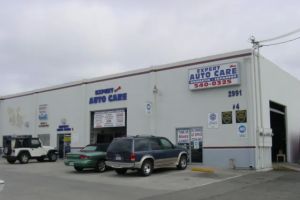
Expert Auto Care
2991 Grace Ln #4, Costa Mesa, CA 92626, USA
Understanding Jumpstarting a Car: What Happens Under the Hood
Before diving into potential risks, it's important to understand what happens when you jumpstart a car. Jumpstarting involves connecting a charged battery to a dead one using jumper cables. The electric current from the charged battery is transferred to the dead battery, allowing your car to start. The process sounds simple, but there are several electrical components involved that may be affected during a jumpstart, especially if it’s done improperly.
At the core of this process is the electrical system of your car. When you jumpstart a vehicle, you're bypassing the dead battery to get the engine running. This may seem harmless, but it's important to ensure that the jumpstart is done correctly to avoid damaging sensitive parts of your vehicle’s electrical system, such as the alternator, fuse box, and the onboard computer.

ExperTec Automotive
7680 Talbert Ave, Huntington Beach, CA 92648, USA
The Impact of Jumpstarting on Your Car's Electrical System
One of the main concerns when it comes to jumpstarting a car is the potential impact on the vehicle’s electrical system. If done incorrectly, it can cause significant issues, including:
- Overloading the Alternator: If the jumpstart is performed incorrectly or if the cables are connected to the wrong terminals, it can cause the alternator to work harder than it’s designed to. Over time, this can lead to the alternator wearing out prematurely.
- Damage to the Battery: In some cases, jumpstarting can send a surge of electricity that damages the battery or reduces its lifespan. This is more common when there’s a significant difference in voltage between the two batteries.
- Blown Fuses: A surge of electricity during a jumpstart may also blow fuses in your vehicle, especially if the electrical system isn’t properly protected. This could lead to malfunctioning lights, power windows, or even a completely dead electrical system.
- Issues with the Vehicle’s Computer System: Modern vehicles come equipped with complex computer systems. A poorly executed jumpstart may send voltage spikes to these systems, potentially causing them to malfunction.
How to Safely Jumpstart a Car and Avoid Damage
Now that we understand the potential risks of jumpstarting, let’s explore how to do it properly to minimize any damage to your car’s electrical system. Follow these key steps to ensure a safe and effective jumpstart:
- Check the Battery Condition: Before attempting a jumpstart, check the condition of both the dead and charged batteries. If either battery shows signs of damage, such as leaks or cracks, do not attempt to jumpstart the car. It's better to call a professional towing service for assistance.
- Connect the Jumper Cables Correctly: The correct connection is crucial to avoid damaging the electrical system. Start by connecting the positive cable (red) to the positive terminal of both batteries. Then, connect the negative cable (black) to the negative terminal of the charged battery and a metal part of the car with the dead battery (not the negative terminal).
- Start the Charged Car First: Start the vehicle with the charged battery first and let it run for a few minutes before attempting to start the dead vehicle. This ensures that the electrical system has time to stabilize and avoids sending a surge of power directly to the dead battery.
- Monitor the Process: After jumpstarting the car, monitor the vehicle’s electrical system closely. If you notice any strange sounds, flickering lights, or warning lights on your dashboard, it’s important to stop the process and call for professional assistance.
Real-World Stories: How Jumpstarting Can Go Wrong
While jumpstarting a car can be a quick fix, it’s not always as smooth as it seems. Here are a couple of real-world stories that highlight how things can go wrong and the importance of knowing when to call for professional help:
- The Battery Surge Incident: One customer shared an experience where they tried to jumpstart their car in the middle of the night. Unfortunately, they connected the cables incorrectly, causing a surge of electricity that fried the vehicle's onboard computer. The car was rendered undriveable, and the owner had to call for a towing service to get the car to a mechanic. This could have been avoided if they had sought help from a professional towing service instead of attempting the jumpstart themselves.
- Alternator Overload: Another driver recounted how their alternator began malfunctioning after performing multiple jumpstarts on their car. While they were able to start the car temporarily, the alternator was overworked and eventually failed. This incident highlights the risk of causing long-term damage to vital components of the electrical system.
When to Call a Professional Tow Truck or Rescue Service
While some jumpstarting issues can be resolved at home, there are situations where calling a professional car rescue service or tow truck is the best option. If you’re unsure about the process or if you encounter any of the following situations, it’s better to contact a towing company:
- Dead Battery with No Jumpstart Available: If you don't have access to jumper cables or a second vehicle to perform the jumpstart, a professional towing service can help transport your car to a service center or provide a jumpstart on-site.
- Repeated Electrical Issues: If your car continues to have electrical problems after a jumpstart, it's a sign that there may be an underlying issue, such as a failing alternator or a problem with the electrical system. A towing service can inspect the vehicle and provide a solution.
- Inability to Access the Battery: In some modern vehicles, the battery may be located in hard-to-reach areas. A professional tow truck driver will have the right tools and expertise to handle such situations safely.
Why Professional Towing Services Are Essential for Car Rescue
While jumpstarting your car may seem like a convenient option, it’s important to remember the potential risks involved. Sometimes, the safest and most effective solution is to call a professional towing service. Towing companies are equipped with the right tools and expertise to handle all types of vehicle issues, from jumpstarting to full-scale car rescue. Additionally, they can help transport your vehicle to a repair shop if needed, saving you time and effort.
By choosing a reliable towing service, you can avoid causing unnecessary damage to your car's electrical system and get back on the road quickly. Whether you're dealing with a dead battery, electrical malfunction, or a complex car issue, towing professionals can provide the necessary assistance to ensure your safety and peace of mind.
Conclusion: Keep Your Car Safe and Running Smoothly
In conclusion, jumpstarting a car can be a practical solution when your battery dies, but it's important to perform the process correctly to avoid damaging your vehicle’s electrical system. By following the right procedures and knowing when to seek professional help, you can ensure that your car runs smoothly and avoid costly repairs. If you’re ever in doubt or face a more complicated issue, don’t hesitate to call a trusted towing service. Their expertise and fast response can save you from costly electrical problems and keep you safe on the road.



